Literary rating: ★★★★
Kick-butt quotient: ☆☆
 Manchester Detective Sergeant Jan Pearce is part of an investigation into local crime lord, Connelly, whose family has managed to evade the reach of the law for decades. Indeed, this is the second recent investigation, the previous effort having collapsed, apparently due to procedural blunders. But the boss isn’t taking it lying down, beginning a campaign of intimidation against those investigating him. This hits DS Pearce, with the disappearance of her teenage son, Aiden: she’s convinced this is retribution from Connelly. But neither her colleagues on the force, nor her ex-husband, Sal, agree – they think Aiden simply ran off.
Manchester Detective Sergeant Jan Pearce is part of an investigation into local crime lord, Connelly, whose family has managed to evade the reach of the law for decades. Indeed, this is the second recent investigation, the previous effort having collapsed, apparently due to procedural blunders. But the boss isn’t taking it lying down, beginning a campaign of intimidation against those investigating him. This hits DS Pearce, with the disappearance of her teenage son, Aiden: she’s convinced this is retribution from Connelly. But neither her colleagues on the force, nor her ex-husband, Sal, agree – they think Aiden simply ran off.
When investigating one of Connelly’s properties, Pearce finds the body of an old woman – along with a bag of cash and her hand-written memoir. It turns out the deceased, Bessy, and Jan had something in common – both had sons that went missing. As she reads the memoir and proceeds with the investigation of Connelly, Pearce gradually realizes that might not be all she shared with Bessie. But the truth about what is actually going on, in the underworld hidden below the working-class estates of Northern England, is infinitely more terrible than either of them would ever have imagined. And considering Bessy thought her son might be a victim of the infamous Moors Murderers (whom she refers to, only as “him” and “her”), that’s saying something.
I’m very much impressed by the way Ward is able to write in two entirely different voices. The sections which are Bessy’s writings, are completely different in tone and style from Jan’s, to the point it almost feels separate novels have had their chapters intertwined. The two women are opposites in many ways. Jan is a career policewoman, who has sacrificed a lot for the job – maybe too much, including her marriage and perhaps even her relationship with Aiden. Meanwhile Bessy is a housewife of the 1960’s, with no interest at all beyond being a home-maker. But the sudden loss of their child turns their worlds upside-down, and forces them to reassess what truly “matters”. Bessy’s life is, literally, never the same again, and there’s undeniable poignancy there, especially near the end of her story.
Both exhibit an utterly dogged determination to pursue what they see as the truth, regardless of the cost or what others may think. In Jan’s case, that leads her into direct peril, because she’s going up against some very dangerous people, who have good reason to prefer privacy. There’s a certain amount of happy coincidence needed for her to unravel the threads, yet there’s no denying her bravery, intelligence and tenacity. The special ops skills, of surveillance and its avoidance, don’t hurt either, though I’d have liked to see more of them being put to use. While the first in the series, it works as an entirely stand-alone novel. If you manage to see where this is going before it happens, you’re a better armchair detective than I.
Author: Jacqueline Ward
Publisher: Novelesque, available through Amazon in both printed and e-book versions.





 This certainly doesn’t waste any time, starting in the middle of a brutal pitched battle between the kingdom of Yatres, and their mortal enemies, the Nyhans. Among the Fae – basically, elves – in the former army is the warrior Caeda, and it’s her side that emerges victorious. But the price paid by the fallen on both sides is an ugly one. Their souls are absorbed through a magical sword, wielded by the Fae known as the Soul-Reaper, and fed to an artifact called the Bone. The trinity of Bone, sword and Reaper have helped sustain Yatres’s power down the centuries.
This certainly doesn’t waste any time, starting in the middle of a brutal pitched battle between the kingdom of Yatres, and their mortal enemies, the Nyhans. Among the Fae – basically, elves – in the former army is the warrior Caeda, and it’s her side that emerges victorious. But the price paid by the fallen on both sides is an ugly one. Their souls are absorbed through a magical sword, wielded by the Fae known as the Soul-Reaper, and fed to an artifact called the Bone. The trinity of Bone, sword and Reaper have helped sustain Yatres’s power down the centuries. I’m a big fan of any film with an outrageous premise, and this one certainly delivers. Mob hitman Frank Kitchen (Rodriguez) carries out his latest job with no qualms, killing a debtor. What he doesn’t realize is, the victim’s sister is a talented but EXTREMELY twisted surgeon, Dr. Rachel Jane (Weaver). She vows to take revenge on Frank by removing what she feels matters most to him: his masculinity. Kitchen is knocked out, kidnapped, and wakes up in a seedy hotel room, to find herself in possession of a couple of things she didn’t have before, and missing something she used to have. But gender reassignment does not make the (wo)man, and an extremely pissed-off Frank vows revenge of her own, both on Jane and Honest John Hartunian (LaPaglia), the former employer who betrayed Kitchen.
I’m a big fan of any film with an outrageous premise, and this one certainly delivers. Mob hitman Frank Kitchen (Rodriguez) carries out his latest job with no qualms, killing a debtor. What he doesn’t realize is, the victim’s sister is a talented but EXTREMELY twisted surgeon, Dr. Rachel Jane (Weaver). She vows to take revenge on Frank by removing what she feels matters most to him: his masculinity. Kitchen is knocked out, kidnapped, and wakes up in a seedy hotel room, to find herself in possession of a couple of things she didn’t have before, and missing something she used to have. But gender reassignment does not make the (wo)man, and an extremely pissed-off Frank vows revenge of her own, both on Jane and Honest John Hartunian (LaPaglia), the former employer who betrayed Kitchen. The rating here is largely based on my (I’d say, not unreasonable) expectation going in, that this would be actual animation. It isn’t. This appears to be, what I’ve since learned is called, a “motion comic”: think of it more as an illustrated radio play, with voice actors playing the parts in front of somewhat animated panels. And when I say, “somewhat”, I mean there is typically no more than one thing moving on them e.g. a character’s mouth. I can see comics for which this approach would work; unfortunately, a heavily action-oriented story such as Red Sonja is not among them.
The rating here is largely based on my (I’d say, not unreasonable) expectation going in, that this would be actual animation. It isn’t. This appears to be, what I’ve since learned is called, a “motion comic”: think of it more as an illustrated radio play, with voice actors playing the parts in front of somewhat animated panels. And when I say, “somewhat”, I mean there is typically no more than one thing moving on them e.g. a character’s mouth. I can see comics for which this approach would work; unfortunately, a heavily action-oriented story such as Red Sonja is not among them.
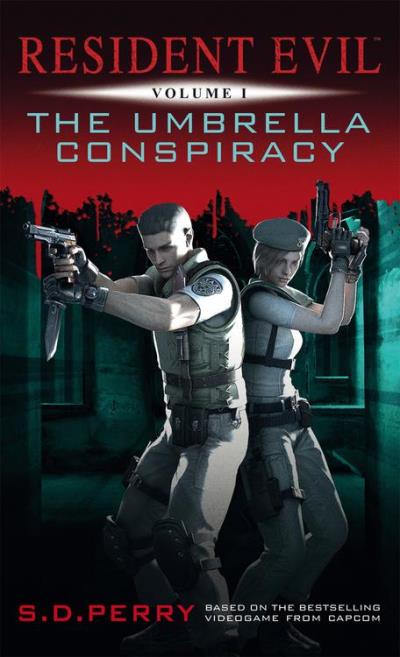
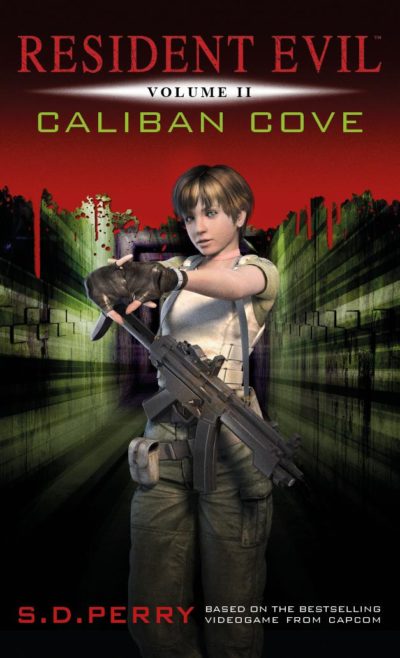




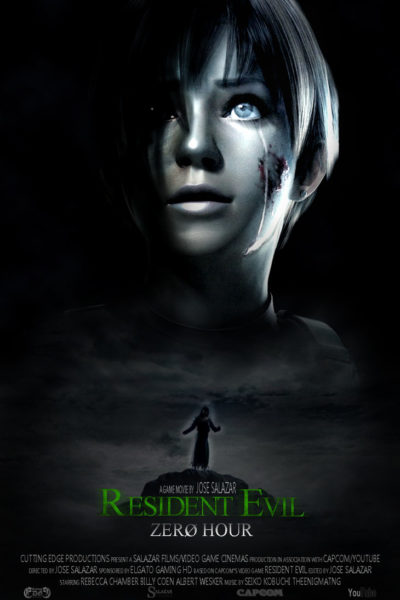
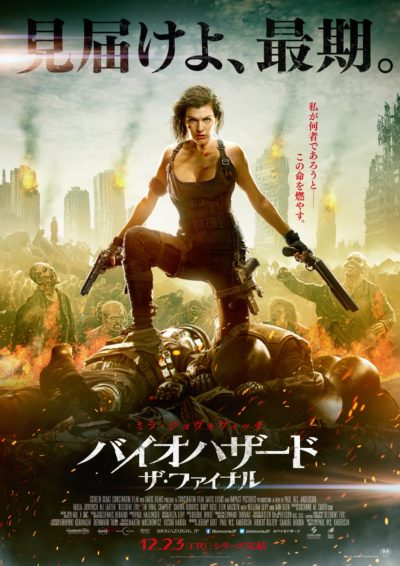 We’d skipped the last two installments at the movies, having been burned by part three, but after the excellent content of #5, and since this was likely to be our last chance, Chris and I made it a “dinner and a movie” thing on Saturday. Was disturbed by how many kids there were for this R-rated film – hell, even a couple of babes in arms, whom I’m sure loved the non-stop violence. I guess it was deemed kid-friendly by their parents, with this one getting its MPAA rating just “
We’d skipped the last two installments at the movies, having been burned by part three, but after the excellent content of #5, and since this was likely to be our last chance, Chris and I made it a “dinner and a movie” thing on Saturday. Was disturbed by how many kids there were for this R-rated film – hell, even a couple of babes in arms, whom I’m sure loved the non-stop violence. I guess it was deemed kid-friendly by their parents, with this one getting its MPAA rating just “

















 The Milla Jovovich series are not the only films set in the Resident Evil universe. There have also been two feature-length computer animated movies: Degeneration was released in 2008, and Damnation four years later. A third, Vendetta, is scheduled to be released in Japan this spring. While made in Japan, with a Japanese director and crew, the voice cast are English-speaking. As with the novels, the stories and characters are in line with the universe of the computer games, rather than the live-action features, and tend to occupy spots in the timeline between the entries in the game series. Therefore, there’s no Alice, but the animated films contain their fair share of strong heroines and, of course, action.
The Milla Jovovich series are not the only films set in the Resident Evil universe. There have also been two feature-length computer animated movies: Degeneration was released in 2008, and Damnation four years later. A third, Vendetta, is scheduled to be released in Japan this spring. While made in Japan, with a Japanese director and crew, the voice cast are English-speaking. As with the novels, the stories and characters are in line with the universe of the computer games, rather than the live-action features, and tend to occupy spots in the timeline between the entries in the game series. Therefore, there’s no Alice, but the animated films contain their fair share of strong heroines and, of course, action. There’s a new EvilCorp in town, and its name is WilPharma, as we learn during the montage of news stories which opens this. In game terms, the film takes place after the events of “Resident Evil 4”, which saw the dismantling of the Umbrella Corporation. Its assets and research naturally proved too valuable to destroy, and WilPharma has taken over, with the announced goal of developing a vaccine for the troublesome T-virus. However, some dubious medical research in India leads to the company being targeted by protestors from TerraSave. It’s one such demo, at the Harvardville Airport, that kicks things off, as a plane of infected subjects crashes into the terminal, where Senator Davis is trying to avoid the protestors. TerraSave’s Claire Redfield (Court) finds herself trapped with the Senator, before they’re rescued by a team of soldiers including Angela Miller (Bailey) and Leon S. Kennedy (Mercier).
There’s a new EvilCorp in town, and its name is WilPharma, as we learn during the montage of news stories which opens this. In game terms, the film takes place after the events of “Resident Evil 4”, which saw the dismantling of the Umbrella Corporation. Its assets and research naturally proved too valuable to destroy, and WilPharma has taken over, with the announced goal of developing a vaccine for the troublesome T-virus. However, some dubious medical research in India leads to the company being targeted by protestors from TerraSave. It’s one such demo, at the Harvardville Airport, that kicks things off, as a plane of infected subjects crashes into the terminal, where Senator Davis is trying to avoid the protestors. TerraSave’s Claire Redfield (Court) finds herself trapped with the Senator, before they’re rescued by a team of soldiers including Angela Miller (Bailey) and Leon S. Kennedy (Mercier).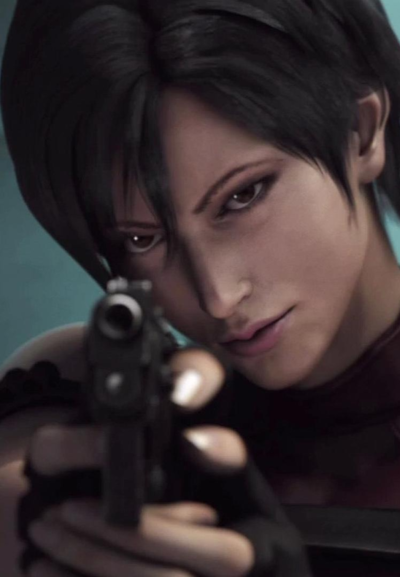 Included here largely for completeness, since the action heroine content likely would fall a little short of qualification on its own. Not that it’s entirely lacking, as the video at the bottom shows. But it’s definitely more a vehicle for Leon S. Kennedy (Mercer/Dorman). Which brings me to one of the odd things here: that is not a typo, it’s a double-credit for the character, because two different actors played the role, one providing the voice, the other the source for the motion-captured animation. Not sure I’ve seen that before.
Included here largely for completeness, since the action heroine content likely would fall a little short of qualification on its own. Not that it’s entirely lacking, as the video at the bottom shows. But it’s definitely more a vehicle for Leon S. Kennedy (Mercer/Dorman). Which brings me to one of the odd things here: that is not a typo, it’s a double-credit for the character, because two different actors played the role, one providing the voice, the other the source for the motion-captured animation. Not sure I’ve seen that before.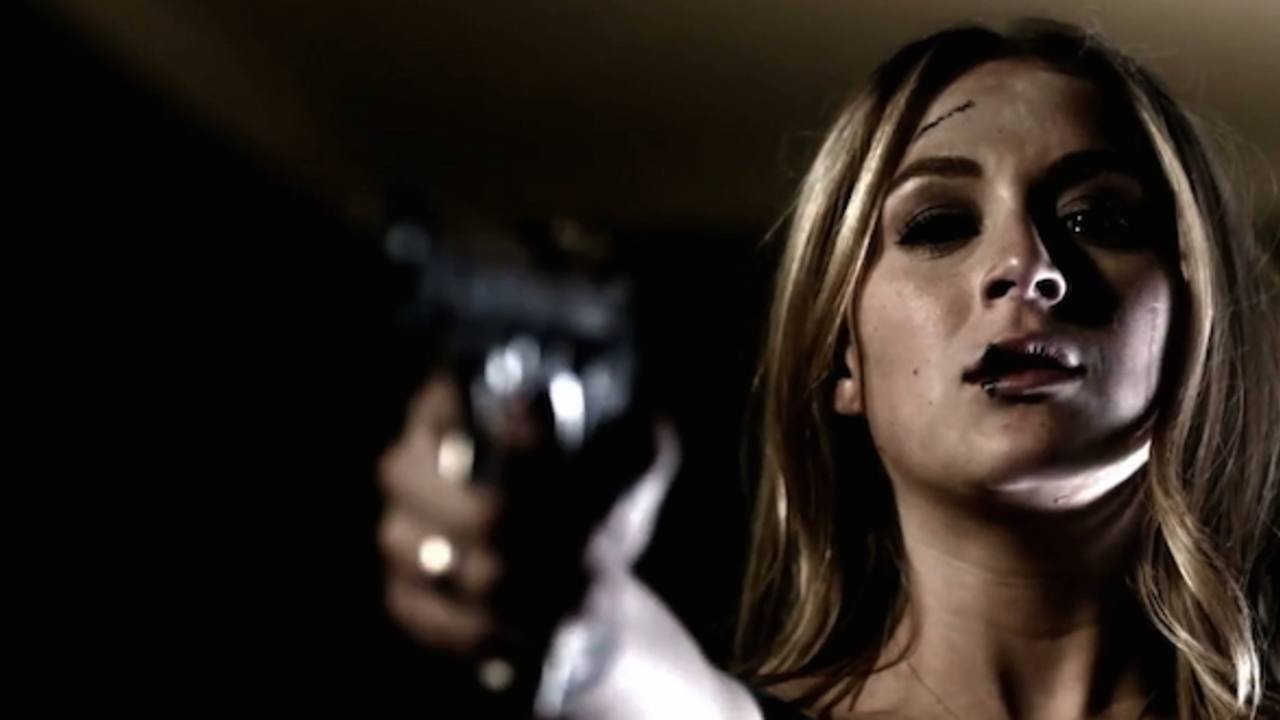 On the other hand, if the plot has more than some similarities, the tone and approach are different here. There’s much more in the way of social commentary here, with the disparate personas of the two young women. [Indeed, so disparate, you have to question how the heck they ever ended up sharing a house] Jamie (Vega) is serious-minded, the kind of person who labels her food in the fridge, and seeking to pursue an academic career, but desperately needs funds to cover tuition at her chosen college. Dee (Grammer) is a party girl, whose days are filled with going to the gym and tanning, while her nights are filled with tequila and casual sex.
On the other hand, if the plot has more than some similarities, the tone and approach are different here. There’s much more in the way of social commentary here, with the disparate personas of the two young women. [Indeed, so disparate, you have to question how the heck they ever ended up sharing a house] Jamie (Vega) is serious-minded, the kind of person who labels her food in the fridge, and seeking to pursue an academic career, but desperately needs funds to cover tuition at her chosen college. Dee (Grammer) is a party girl, whose days are filled with going to the gym and tanning, while her nights are filled with tequila and casual sex.